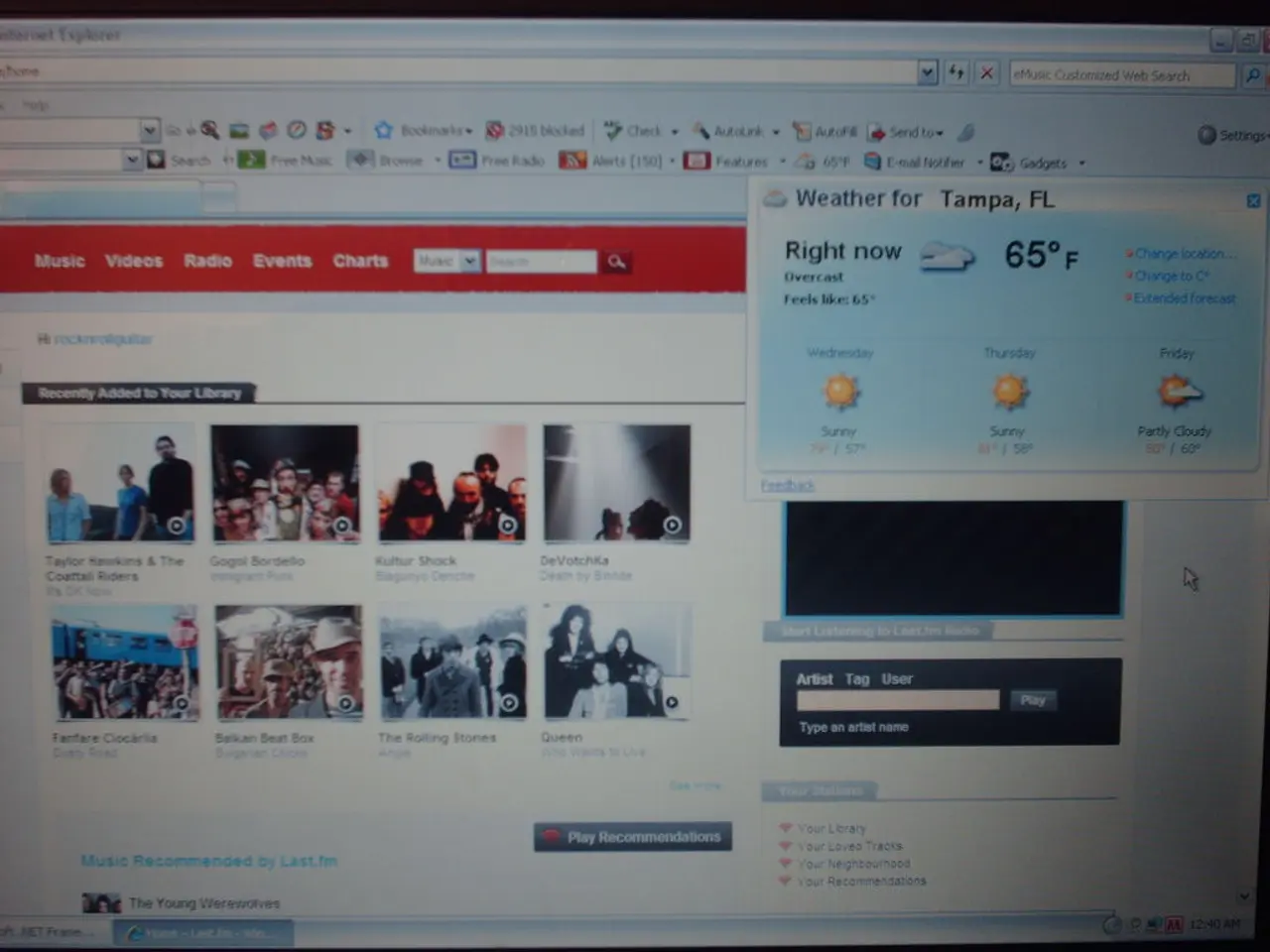Internal Network Explained
In the digital age, intranets have become essential tools for businesses and organizations, providing a secure platform for communication, information sharing, and collaboration. This article offers insights into the world of intranets, highlighting their benefits, best practices for implementation, and key features.
At its core, an intranet connects devices within a local or wide-area network, forming the network infrastructure for secure access. This network can include various components such as file storage, HR platforms, and communication tools, all integrated into a unified interface. Universities and large institutions often choose to build their own intranets to manage the vast amount of information they handle.
Implementing a custom intranet requires considerable technical knowledge, including software, hardware, networking, and communication skills, as well as DevOps. Universities and businesses alike must ensure strong security measures to protect their intranets from potential hackers and malicious attacks. Setting up a firewall is essential, acting as a filter for all incoming and outgoing traffic.
Intranets can lead to a significant increase in productivity among users due to easy access to files and a powerful search function. They can also be used for secure business transactions and information sharing across a company. In the public sector, intranets are used for secure information sharing within federal, state, and local government bodies.
Social intranets, which incorporate social features like chat, forums, and activity feeds, further enhance communication and collaboration within an organization. These platforms can also have added social networking features that allow organization members to interact, communicate, and collaborate easily.
An extranet, a private network that authorized third-party users can access, allows companies to exchange information with other businesses, vendors, or clients in a secure way online. A mobile-first intranet is built primarily for smartphones and tablets, ensuring organization members can access intranet documents and tools from mobile devices.
However, intranets are vulnerable to both internal and external security threats. Internal threats can include weak passwords, unencrypted data, and incorrect access control policies. External threats can include viruses, worms, and other types of malware. Due to the sheer amount of information that an intranet holds, information management is crucial to avoid chaos spreading across the organization.
Best practices for implementing and managing an organization's intranet include conducting a thorough audit of current digital tools and workflows, engaging stakeholders early, designing for user experience and accessibility, implementing strong security measures, planning a strategic launch and adoption campaign, training employees thoroughly, leveraging data and analytics for continuous improvement, and maintaining flexibility for evolution.
A web server hosts the services the intranet provides, including mail services, databases, a content management system (CMS), and more. A searchable member directory with profiles, roles, and contact information is available on the intranet. User management, user onboarding, and support, and analytics are key tasks in intranet management.
In an educational setting, intranets can also be used for private interactions between students, educators, and parents. An HR intranet is used to maintain employee privacy and information within an organization. Integration with third-party applications like Microsoft 365 or Google Workspace creates a unified digital workspace.
By following these best practices, organizations can build a high-performing, secure, user-friendly, and continuously improving intranet that supports their goals and enhances employee engagement and productivity.
Technology plays a significant role in the creation and maintenance of intranets, as it requires various technical skills such as software, hardware, networking, and communication. Intranets, being a part of data-and-cloud-computing, provide secure platforms for businesses and organizations for information sharing, communication, and collaboration.




